In the mushroom and fungus industry, large quantities of fungus residue are produced as byproducts. Typically consisting of mushroom stalks, caps, and other residual materials, fungus residue is often considered waste. However, with the advent of fungus residue organic fertilizer production lines, this material can be converted into a valuable, nutrient-rich fertilizer. This sustainable process benefits the environment by reducing waste and offers an eco-friendly alternative to chemical fertilizers, benefiting soil health and crop growth.
What is Fungus Residue?
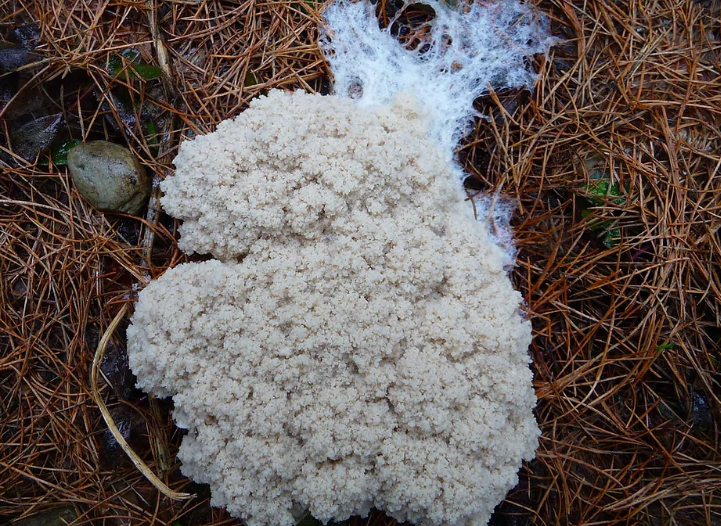
Fungus residue refers to the byproducts left after cultivating mushrooms and other fungi. These residues are often high in organic matter, including cellulose, lignin, and other essential nutrients. Traditionally, they were discarded or used for animal feed, but recent advancements in fertilizer production have found that fungus residue can be processed into a high-quality organic fertilizer. This fertilizer is rich in nutrients like nitrogen, phosphorus, and potassium, which are essential for plant growth.
Fungus Residue Organic Fertilizer Production Line Process
The fungus residue organic fertilizer production line converts this agricultural waste into an organic fertilizer that enhances soil fertility. The process involves several stages that break down the organic material and prepare it for use in agriculture.
1. Collection and Preparation of Fungus Residue
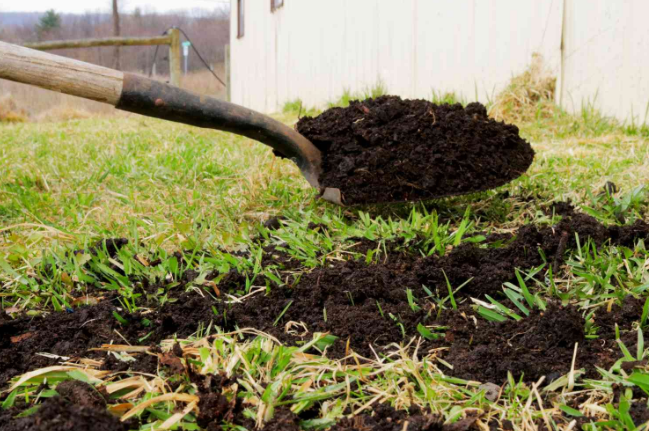
The first step in the production of fungus residue organic fertilizer is collecting the fungus residue from mushroom farms or processing facilities. The material is often moist and bulky, so it must be dried to reduce its moisture content. This drying step is crucial for effective fermentation and granulation.
2. Fermentation
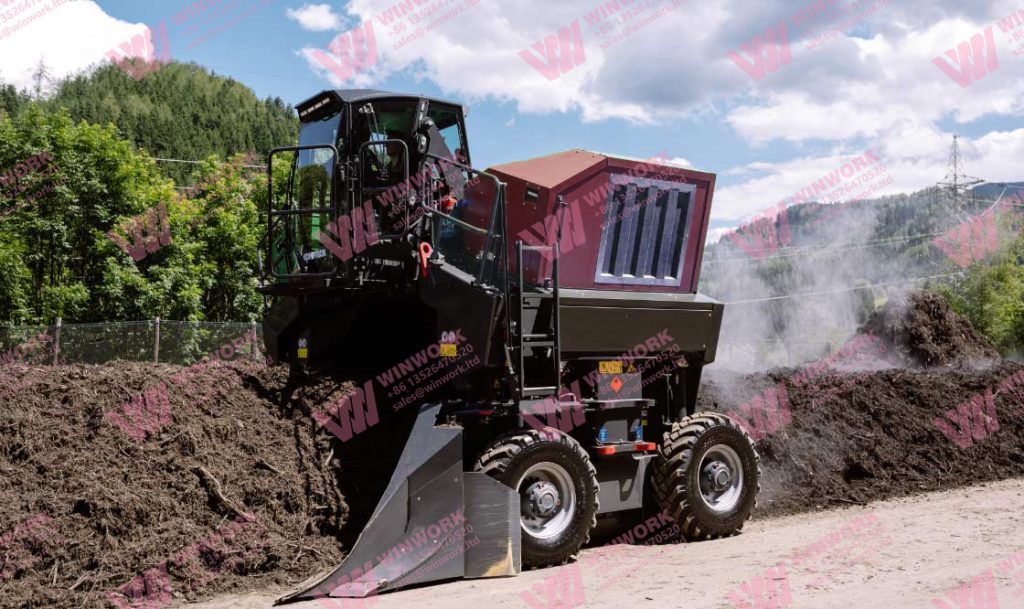
Once the fungus residue is dried, it undergoes a fermentation process. During fermentation, microorganisms such as bacteria and fungi break down the organic compounds in the residue, converting them into plant-available nutrients. This process helps eliminate harmful pathogens and reduces the volume of waste, making the residue easier to handle.
3. Blending with Other Organic Materials
After fermentation, the fungus residue is mixed with other organic materials such as animal manure, plant residues, or compost. This blending process helps balance the nutrient content of the fertilizer, ensuring that it provides a well-rounded mix of essential elements like nitrogen, phosphorus, and potassium. The mixture is then ready for granulation.
4. Granulation
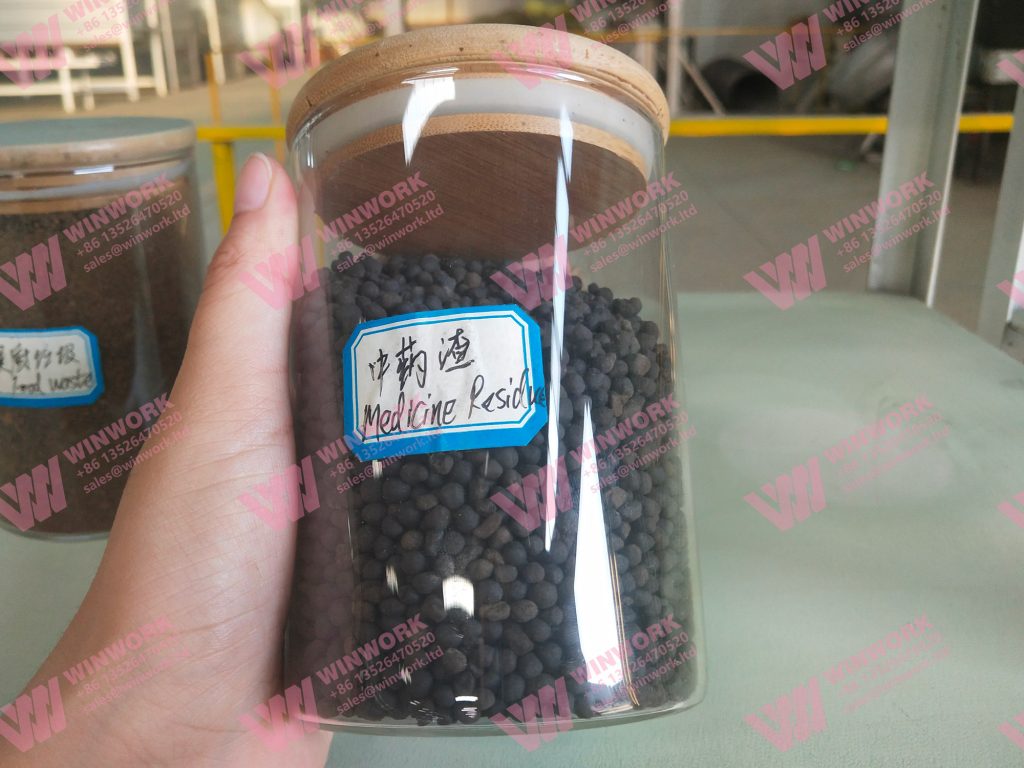
The next step in the fungus residue organic fertilizer production line is granulation. The blended mixture is passed through a granulator, which compresses the material into small, uniform granules. This makes the fertilizer easier to handle, store, and apply to the soil. The granulation process also ensures that the nutrients are evenly distributed throughout the fertilizer, providing consistent and controlled nutrient release.
5. Drying and Cooling
After granulation, the fertilizer granules need to be dried to remove any remaining moisture. A fertilizer dryer is used to achieve the ideal moisture content. Once dried, the granules are cooled using a cooler to maintain their structure and prevent them from sticking together. This cooling process also ensures the granules are ready for packaging.
6. Screening and Packaging
The final step involves screening the granules to remove any oversized or undersized particles. The correctly sized granules are then packaged using automatic packing machines, ready for distribution. The packaging ensures that the fungus residue organic fertilizer is easy to transport and store.
Key Equipment in Fungus Residue Organic Fertilizer Production Line
Several key pieces of equipment are essential for an efficient fungus residue organic fertilizer production line:
- Fertilizer Granulator: The granulator is responsible for turning the blended material into small, uniform granules, ensuring the fertilizer is easy to apply.
- Fertilizer Dryer: The dryer removes excess moisture from the granules, ensuring they remain stable and have a long shelf life.
- Fertilizer Cooler: After drying, the cooler helps to maintain the granules’ shape and prevents them from sticking together.
- Fertilizer Screening Machine: This machine ensures that only properly sized granules are packaged, improving the consistency and quality of the final product.
- Automatic Packing Machine: The packing machine automates the packaging process, reducing labor costs and increasing production efficiency.
Benefits of Fungus Residue Organic Fertilizer
Converting fungus residue into organic fertilizer offers several key benefits for agriculture and the environment:
- Sustainable Waste Management
By recycling fungus residue into organic fertilizer, mushroom producers can reduce waste and avoid environmental contamination. This process helps support sustainable farming practices by repurposing agricultural byproducts. - Rich in Nutrients
Fungus residue organic fertilizer is rich in organic matter, which provides essential nutrients like nitrogen, phosphorus, and potassium. These nutrients support plant growth, increase crop yields, and improve overall soil health. - Improved Soil Fertility
Organic fertilizers like fungus residue organic fertilizer enhance soil structure, increase microbial activity, and improve water retention. These benefits contribute to long-term soil fertility and healthier, more productive crops. - Eco-Friendly Alternative to Chemical Fertilizers
By using fungus residue organic fertilizer, farmers can reduce their reliance on chemical fertilizers, which can harm the environment. Organic fertilizers promote better soil health and reduce the risk of water pollution, making them a more sustainable option. - Cost-Effective Production
Converting fungus residue into organic fertilizer is a cost-effective way for mushroom producers to manage waste. Instead of paying for waste disposal, they can transform their byproducts into a valuable product that can be sold to farmers or used on their own crops.
How to Choose the Right Fungus Residue Organic Fertilizer Production Line
When selecting a fungus residue organic fertilizer production line, consider the following factors:
- Production Capacity: Choose a production line that can handle the volume of fungus residue you need to process, based on the size of your operation.
- Customization Options: Look for a production line that can be customized to meet your specific needs, such as granule size or nutrient composition.
- Energy Efficiency: Opt for equipment that minimizes energy consumption to reduce operational costs and improve the sustainability of the production process.
- Quality Control: Ensure that the production line includes mechanisms for quality control to produce a consistent, high-quality fertilizer.
Conclusion
The fungus residue organic fertilizer production line offers a sustainable and efficient way to turn agricultural waste into a valuable, nutrient-rich product. By transforming fungus residue into organic fertilizer, mushroom producers can reduce waste, enhance soil fertility, and contribute to more sustainable farming practices. This process not only benefits the environment but also provides a cost-effective alternative to traditional chemical fertilizers, supporting healthier crops and more sustainable agricultural practices.


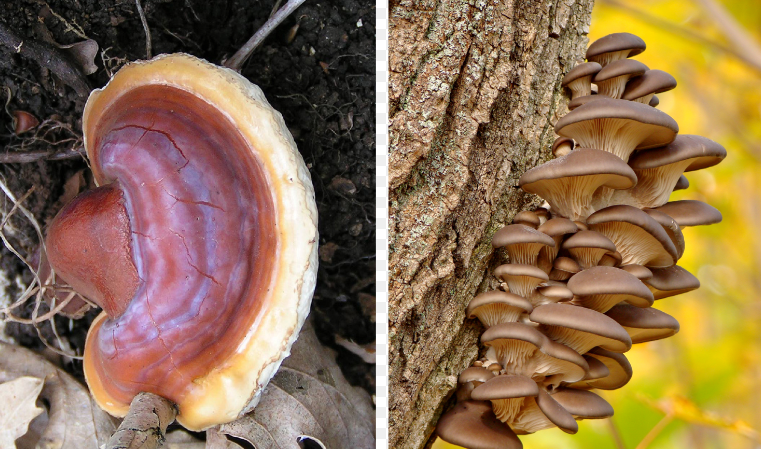
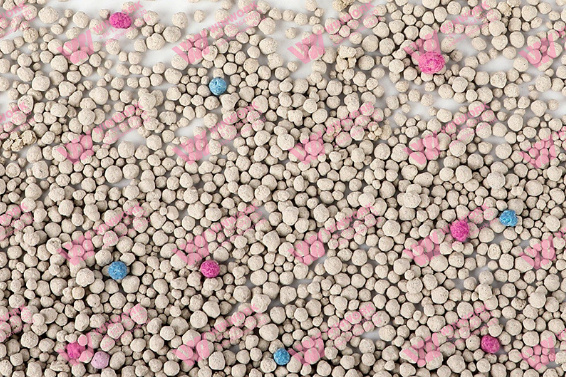
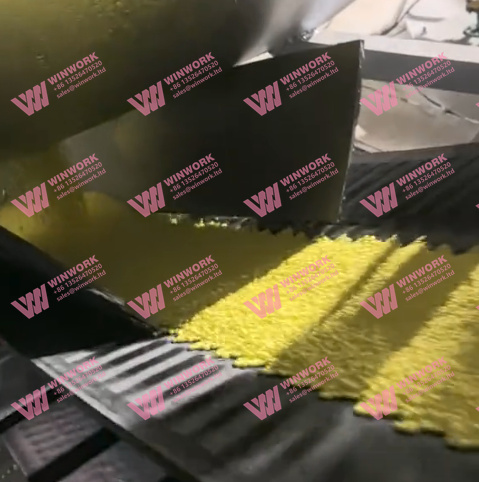
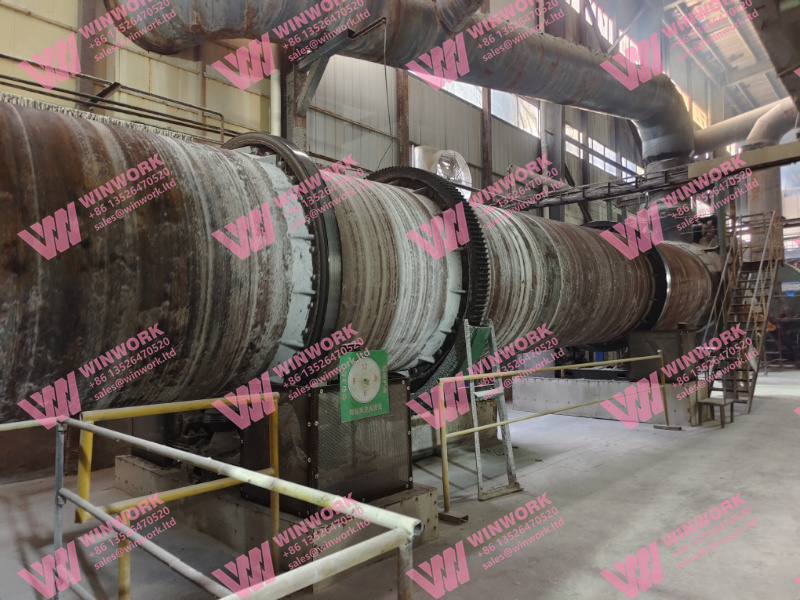
Get A Quote